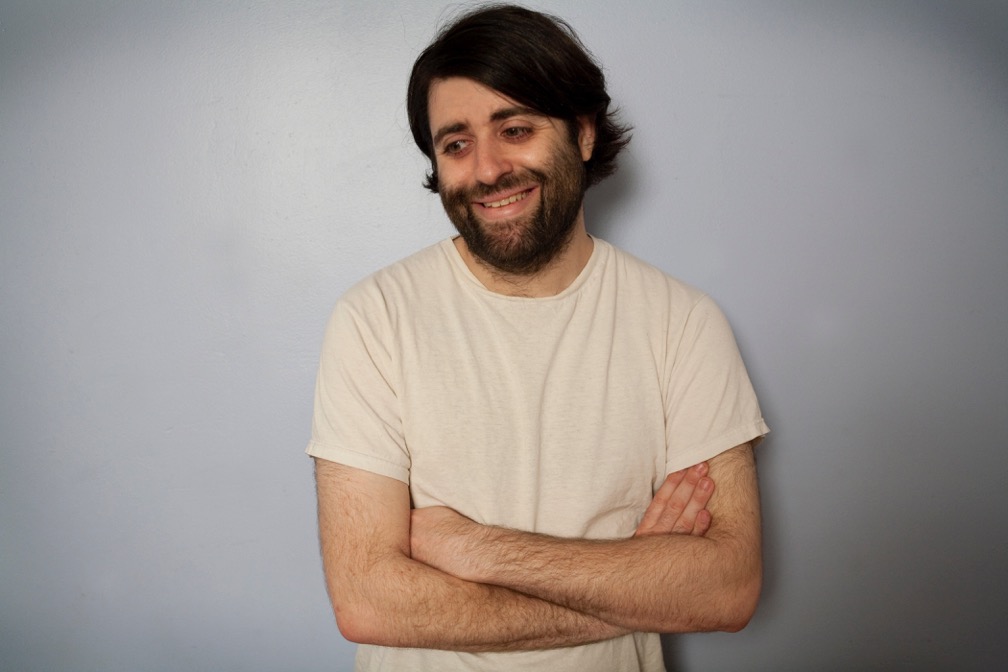
LSD has long been associated with the turbulent mood of the ’60s—an era that turned on, tuned in and dropped out. From the early California tech age to its immersion into the music world to the the multitudes of drug dealers fighting prohibition, successive generations of psychedelic proponents have shared a kind of mythical utopia and secret knowledge that has transformed the world through New Age practices like yoga, vegan diets, medical marijuana, natural childbirth and Anonymous hacktivism.
“The first major blush of psychedelic art and music was covered in Life magazine in the early ’60s as a kind of American exotica,” says Jesse Jarnow, author of Heads: A Biography of Psychedelic America. “But psychedelics quickly became a part of the music scene.”

From festivals like Woodstock all the way up to Burning Man, music has become intertwined with the LSD movement. And one band, the Grateful Dead, exemplifies the long-held bonds between hallucinogens and rock music.
“The band themselves were such an inseparable part of the psychedelic world, right from their start,” Jarnow tells The Fix. “Their first show as the Grateful Dead was at the Merry Pranksters’ first real Acid Test, at a house party in San Jose. Later, Owsley Stanley literally tabbed acid upstairs where from they practiced when they lived in Los Angeles and used money to buy them gear.”
A movement that Jarnow claims permeates the Internet.
“Psychedelic culture extends way past the ’60s and way past music,” he says. “It’s these other threads that connect the story to the 21st century. Silicon Valley is also the cradle of psychedelics and the story of computer technology runs through Heads, from the early Deadheads at the Stanford Artificial Intelligence Lab all the way up to the people buying and selling LSD with bitcoin on the encrypted dark net market, Silk Road.”
Even though LSD was first made illegal in California in 1966—followed by other U.S. states in subsequent years—it continued to play a part in stimulating and provoking new ideas, by juxtaposing the counterculture with the mainstream, despite the onset of prohibition.
“Mainstream America really turned on psychedelics in the 1970s and more deeply in the Reagan years when the War on Drugs made LSD and Deadheads their targets in a scary way,” Jarnow says. His book recounts the history of LSD and its impact on our culture.
“A lot of what gets called psychedelic culture is actually the result of what happens after people stop taking hallucinogens,” he continues. “Many of the so-called New Age practices like meditation, yoga, and more can be traced back to the counterculture…. Apple unquestionably rose in some part from the psychedelic scene.”
